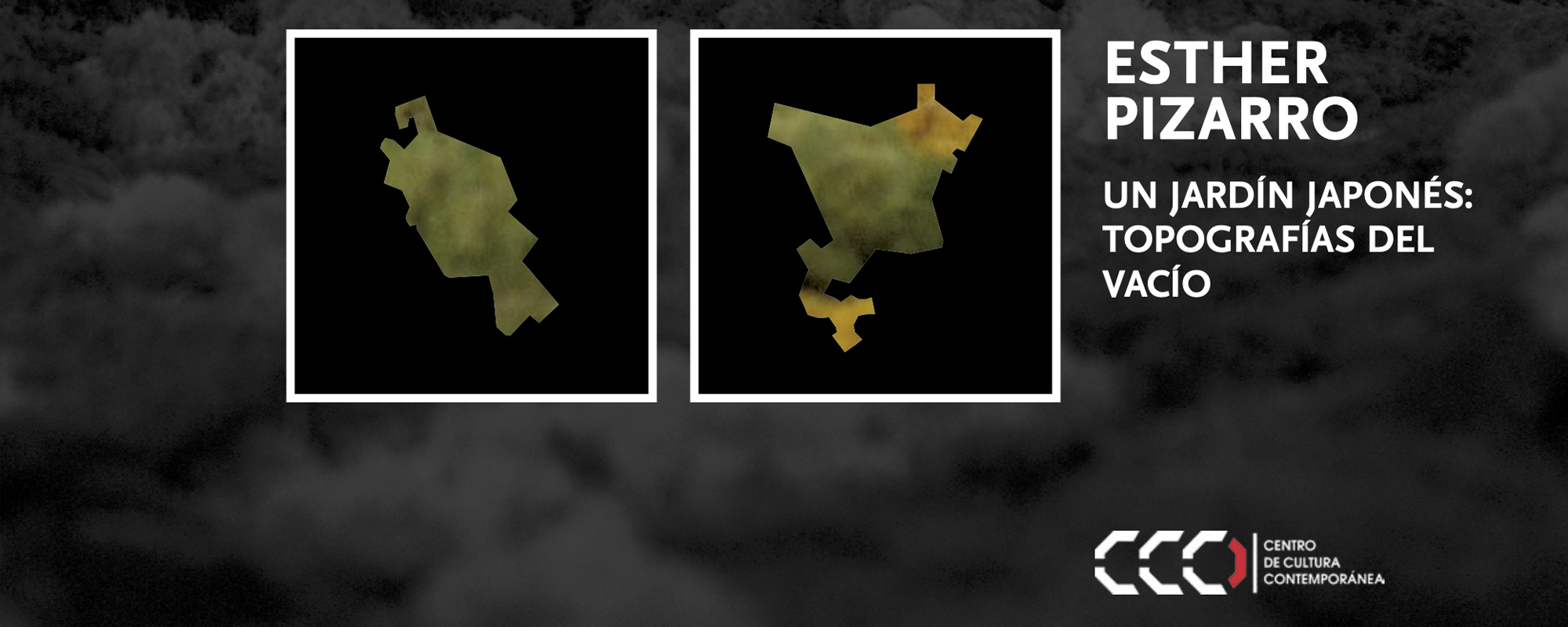JAPANESE GARDEN :: TOPOGRAPHIES OF THE VOID © 2014 :: Hospital Real de Granada
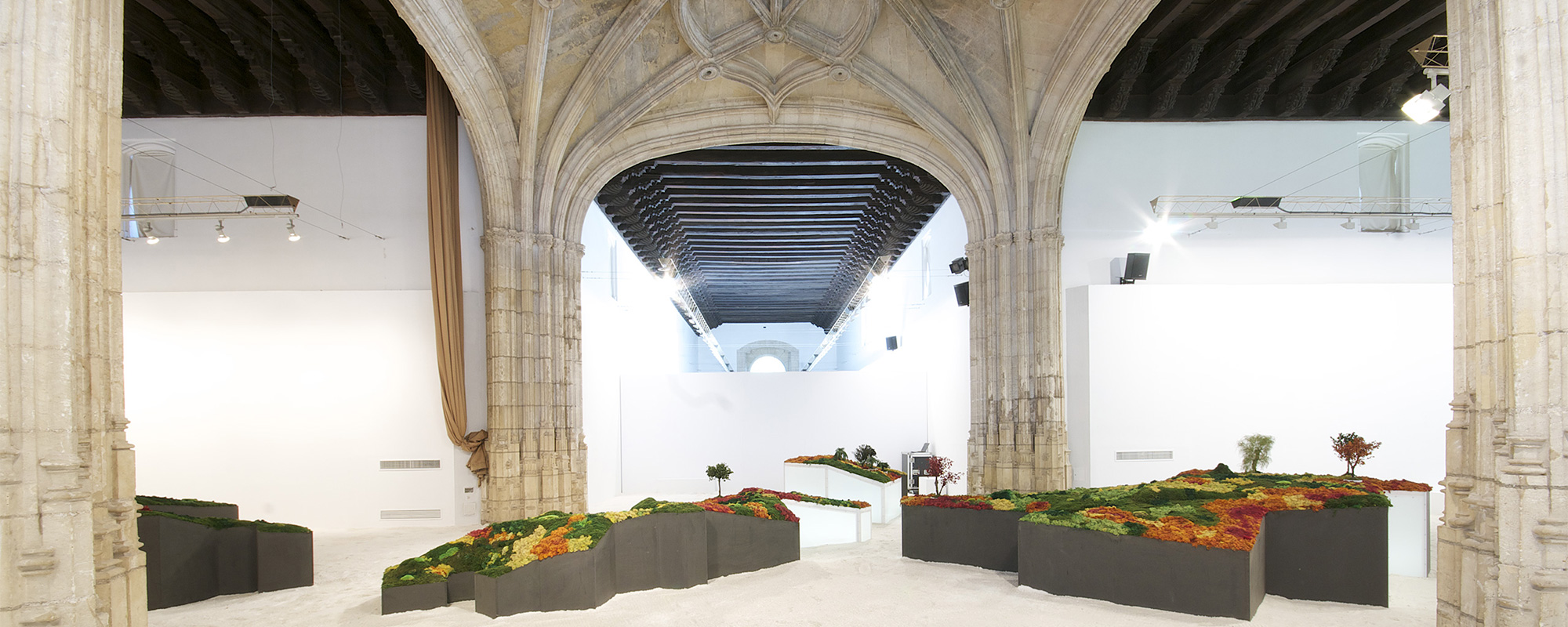
"A Japanese Garden: Topographies of the Void"
Centro Cultura Contemporánea, Sala Crucero Bajo del Hospital Real de Granada, España
Curated by: Menene Gras Balaguer
Project carried out in the framework of the Spain-Japan Dual Year 2013-2014
07/11/2014 to 20/01/2015
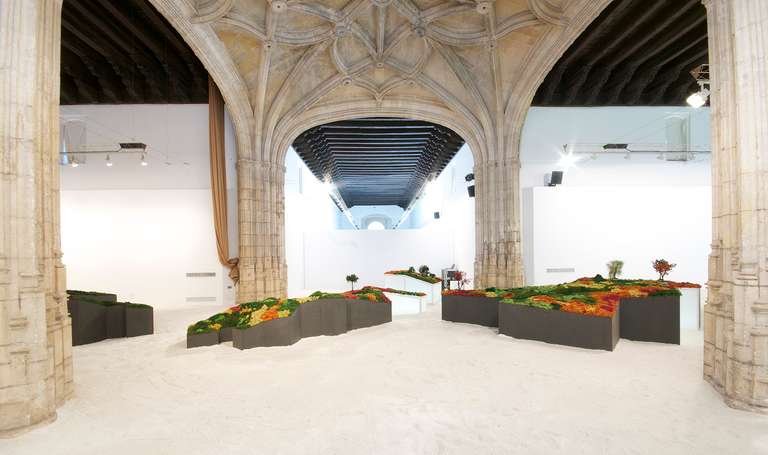
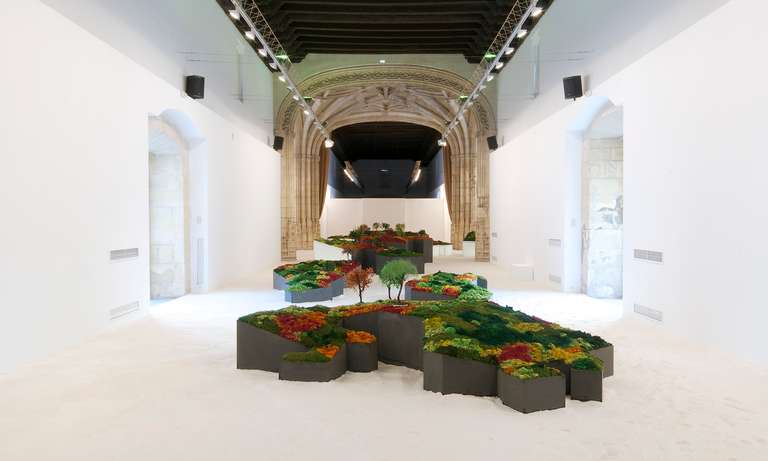
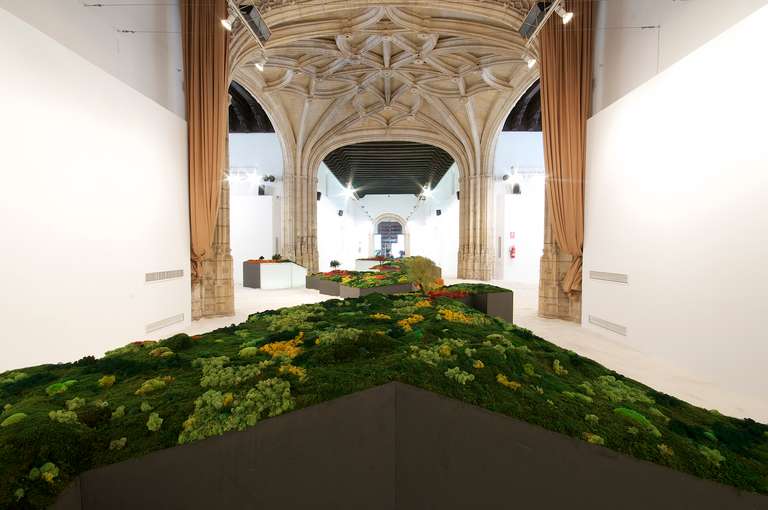
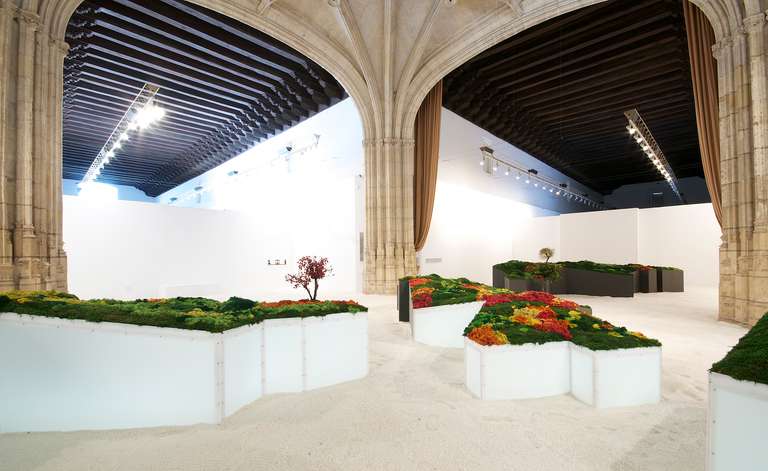
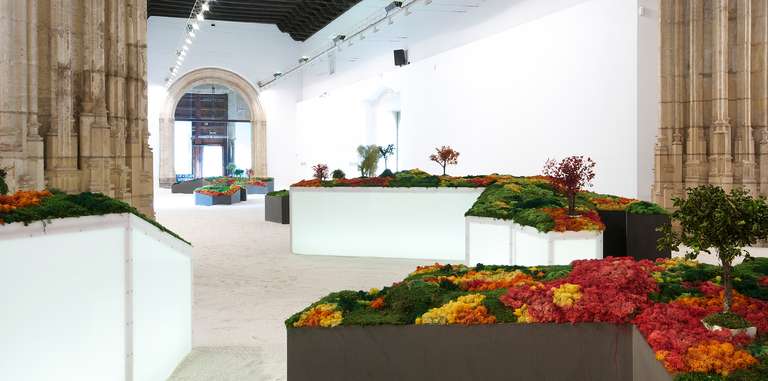
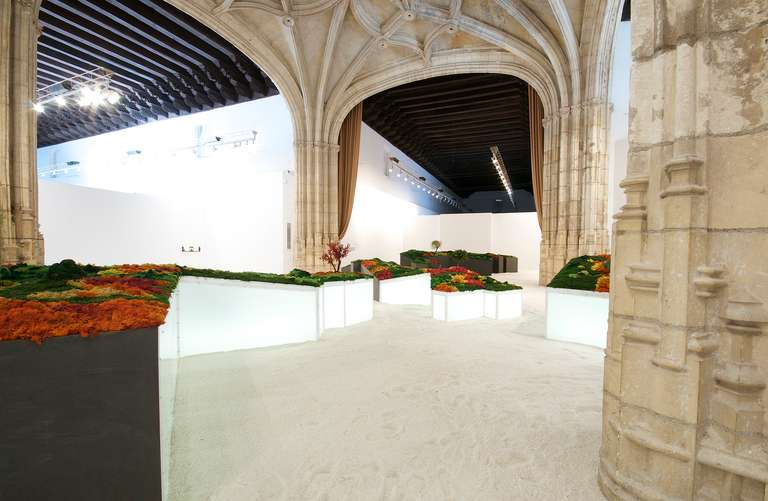
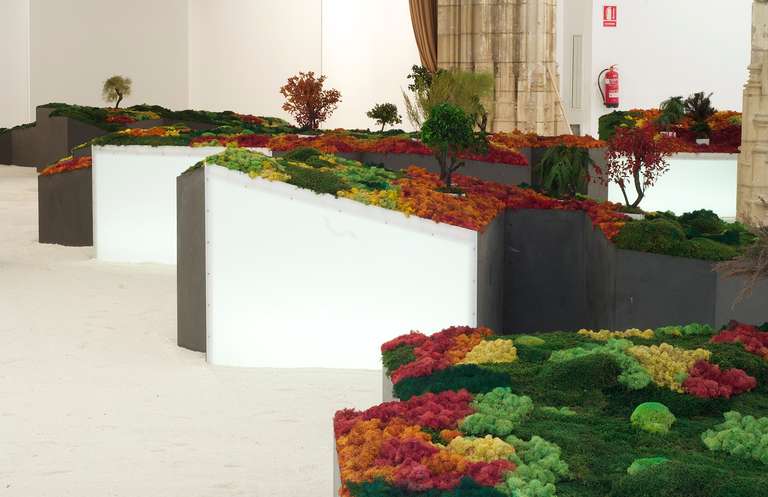
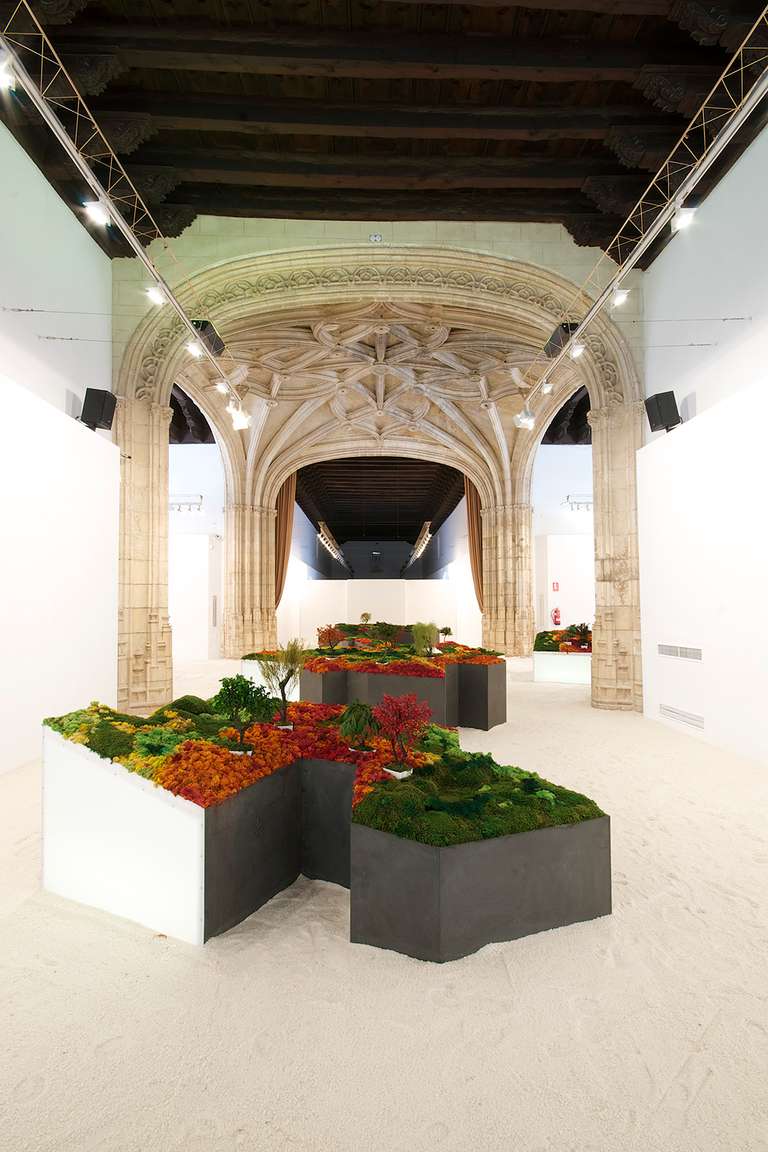
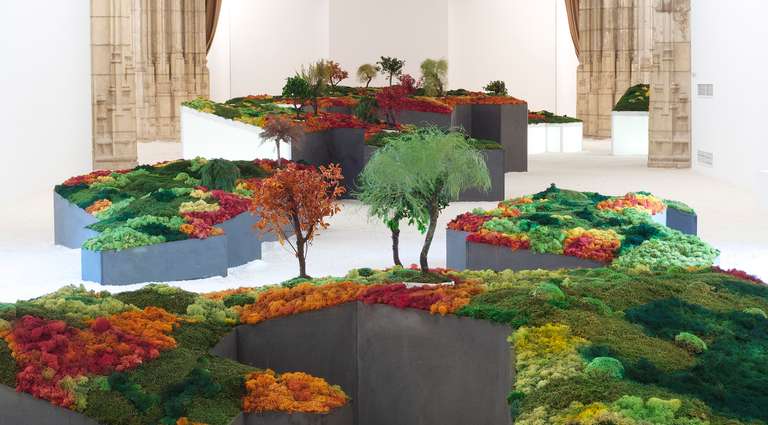
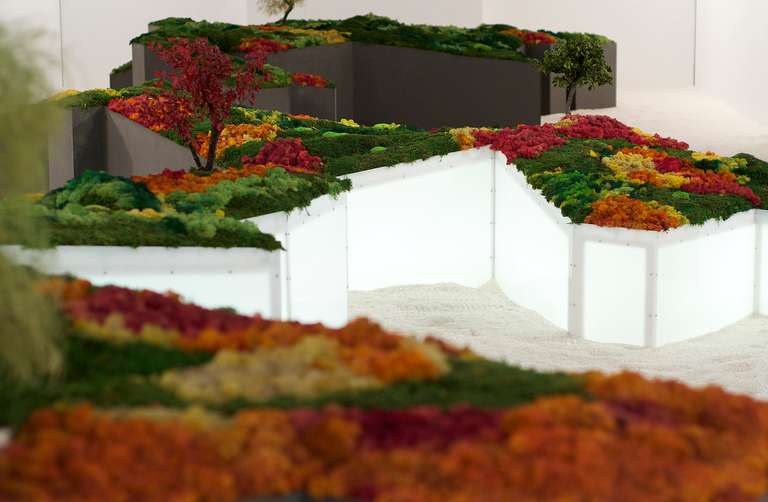
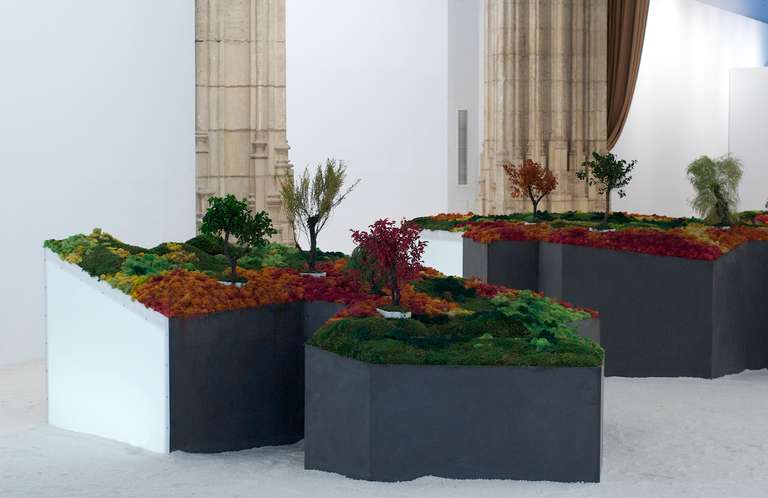
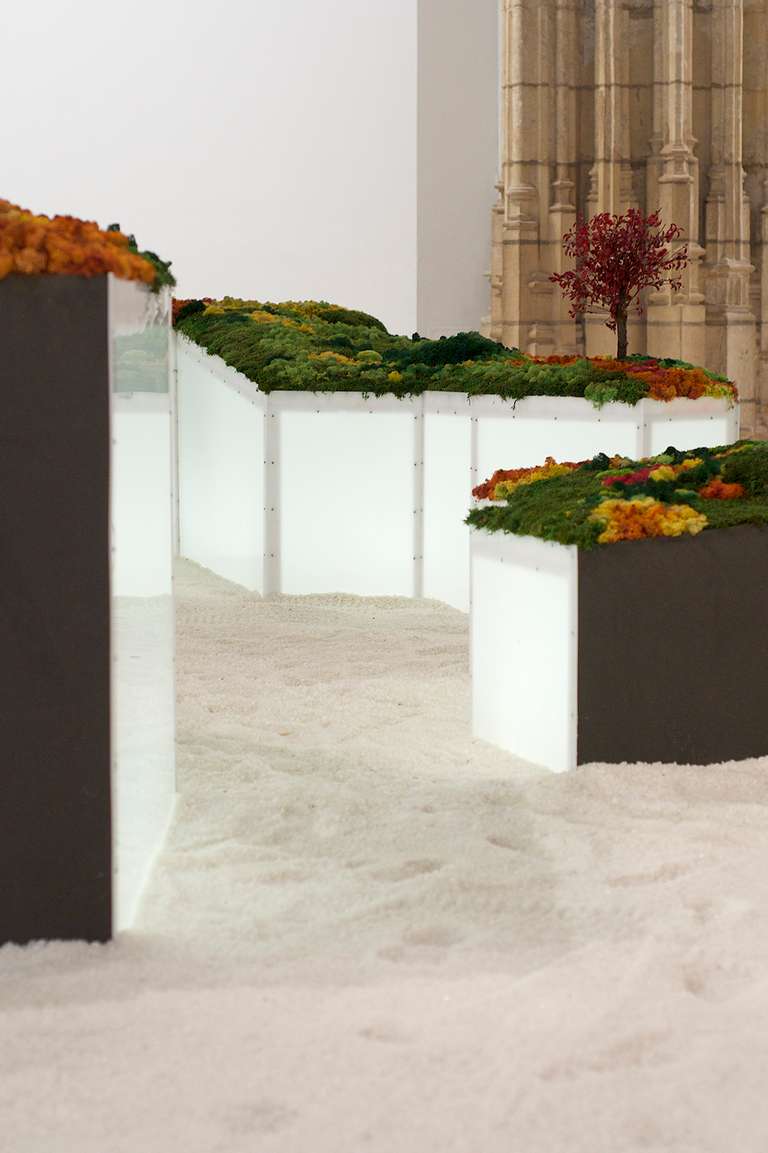
The Japanese garden is a microcosm of nature, and its origins date back to the 6th century from China, whose culture penetrated the country with Buddhism and kanji writing. Why a Japanese garden? The proposal transforms the Lower Crossing of the Royal Hospital of Granada into a laboratory for the
The proposal transforms the Lower Crossing of the Royal Hospital of Granada into a landscape laboratory in which the approach to a model is enhanced, which lends itself to the comparative reading of paradigms marked by the weight of tradition and its constant reinvention by the great masters of Ikebana in the 20th and 21st centuries. Its relevance is due to the constant updating of the traditional aesthetic keys that associate beauty and death, nothingness and being, emptiness and its negation, by landscape artists, architects and artists such as Yukio Nakagawa, Tadao Ando, Mirei Shigemori, Masatoshi Takebe, Kengo Kuma, Toyo Ito, Kazuyo Shejima and Ryue Nishizawa, to name but a few. As a replica of the natural landscape and a cultural construction, the Japanese garden arranges the order of the elements that make it up according to codes that are transmitted through the ancient silk and bamboo routes and current social networks.
Esther Pizarro's intervention explores this microcosm on the map of Japan, which is approached as a country of islands or islets, respecting the rule according to which shakkei, or framing, is the first condition for the garden to exist as such. Thus, the political division that establishes the eight regions and the 47 prefectures, together with the more than six thousand islands that make up the Japanese archipelago, is symbolically represented in the constructions made by the artist, who articulates the path of philosophy, by virtue of the wabi-shabi that annuls oppositions, understanding that everything is contained in everything.
Menene Gras Balaguer
Curator
CREDITS::
Conceptualisation: Esther Pizarro
Production: Esther Pizarro Studio
Technology: Markus Schroll
Organised by: Casa Asia, Centro de Cultura Contemporánea, Universidad de Granada y Vicerrectorado de Extensión Universitaria y Deporte
Curated by: Menene Gras Balaguer
Montage: Esther Pizarro Studio, Markus Schroll
Project carried out in the framework of the Dual Year Spain-Japan 2013-14 with the support of Matadero Madrid and Casa Asia.
ASSOCIATED CATALOGUE::
Pizarro, Esther (2014). Catálogo exposición: Un Jardín Japonés: topografías del vacío. Textos: Inmaculada López, Carlota Álvarez Basso, Menene Gras Balaguer y Esther Pizarro. Extensión: 128 páginas. Edita: Universidad de Granada, Centro de Cultura Contemporánea. ISBN: 978-84-338-5723-1, DL: GR / 2528-2014
Additional information about the project A Japanese Garden :: Topographies of the Void

